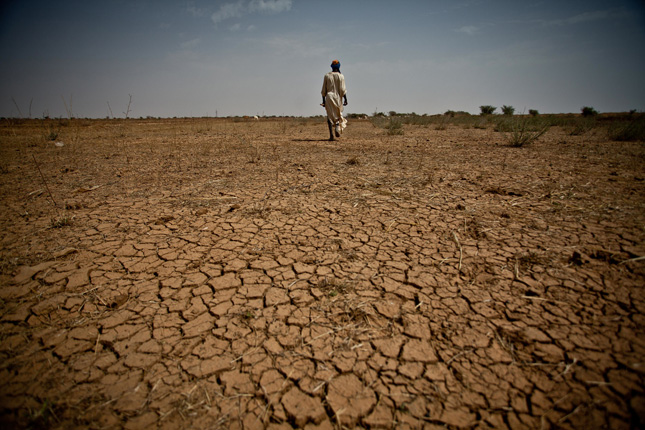-
How to Advance the Monitoring of Climate Risk Insurance
June 18, 2018 By Wilson Center Staff
One of the most recent and promising tools to cope with the consequences of the rising number of disasters is climate risk insurance. In exchange for an annual premium, they quickly provide states and other actors (including individuals) with much-needed cash to cope with the impacts of natural hazards such as hurricanes, droughts, and floods. Within certain parameters, policyholders are largely free to determine how they want to use the payouts. The African Risk Capacity (ARC), the Caribbean Risk Insurance Facility (CCRIF), and the Pacific Catastrophe Risk Insurance Facility (PCRAFI Facility) serve as cases in point. To date, they have made 44 payouts to 19 countries totaling about US$ 173 million. Simply put: they work.
While this is certainly a great achievement, a closer look reveals that there is relatively little empirical evidence that demonstrates that these payouts are also effective in supporting poor people in the face of disasters. In a recent study, Oxfam pointed to the “major evidence gap” regarding the impact of climate risk insurance. How to monitor and evaluate climate risk insurance is therefore an emerging but all the more important debate. It is notable that there is arguably a subtle bias in the practice community in favor of developing criteria to measure the positive intended impact of this type of insurance (see, for instance, the recent discussion paper by Munich Climate Insurance Initiative). Yet, for policy improvement and in making sure that climate risk insurance policies “do no harm,” it is of equal relevance to also capture the unintended negative impacts.
Read more on Climate Diplomacy.
Photo Credit: Arid soils in Mauritania, February 2012. Photo by Pablo Tosco/Oxfam.
 A Publication of the Stimson Center.
A Publication of the Stimson Center.



